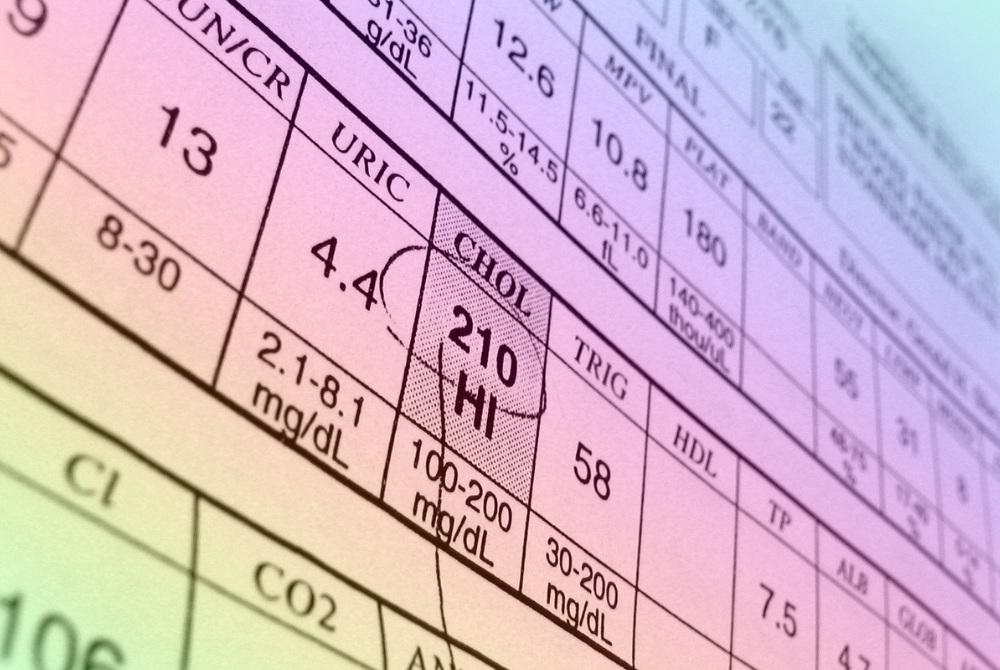Genetics and Lifestyle: The Dual Drivers of High Cholesterol
Younger individuals, even those who lead a healthy lifestyle, can still face the risk of high cholesterol due to several factors, including genetics and dietary influences.
Dr BENI ISMAN RUSANI
HIGH cholesterol remains a significant health concern globally, including in Malaysia, where it poses a considerable risk for serious diseases like heart attacks and strokes.
The National Health and Morbidity Survey 2023 (NHMS) revealed that 1 in 3 Malaysian adults have high cholesterol levels, equating to approximately 7.6 million individuals. However, not everyone is aware they have high cholesterol; the same data suggests that 1 in 2 adults are unaware of their condition.
This alarming statistic highlights the growing public health challenge posed by non-communicable diseases in the country, emphasizing the need for increased awareness and proactive health measures to address this critical issue.
As a silent condition, high cholesterol often goes undetected until it results in severe health complications, stressing the importance of regular screenings and proactive management through lifestyle changes and, when necessary, medication.
Genetic Predisposition
Younger individuals, even those who lead a healthy lifestyle, can still face the risk of high cholesterol due to several factors, including genetics and dietary influences.
Individuals with a family history of high cholesterol, especially those with genetic disorders such as familial hypercholesterolemia (FH), are at a significantly increased risk of heart attacks. In Malaysia, a study estimated that the prevalence of FH is 1 in 100 people. Although lifestyle modifications can improve cholesterol levels, most people with FH will need medication.
Another local study on cardiovascular diseases (CVD) among young adults also found that many younger individuals are at risk. With 50 per cent of the study’s participants having a moderate to high risk of cardiovascular diseases, the findings point to both family history and lifestyle as the main factors of CVD risk among this young age group. This is why it is so important to consider family history during health screenings.
What Is Considered High Cholesterol?
We use total cholesterol as the standard method to define high cholesterol, which is 5.2 millimoles per liter and above. However, low-density lipoprotein (LDL), commonly known as bad cholesterol, is the primary concern. LDL accumulates in blood vessel walls, increasing the risk of heart attacks and strokes, so LDL levels are used to guide treatment. In contrast, high-density lipoprotein (HDL), or good cholesterol, transports cholesterol to the liver for removal, reducing the risk of heart disease.
Everyone has a different risk of developing a heart attack. The risk is higher for elderly males with conditions such as diabetes, hypertension, and overweight, as well as a family history of heart disease and smoking, compared to someone without these conditions. To correctly identify your risk, it is best to consult your doctor.
Management and Prevention of High Cholesterol
Effective management and prevention of high cholesterol hinge on regular screening and monitoring, which are crucial for identifying individuals at risk and facilitating timely interventions.
Since each person has a different risk of developing a heart attack, treatment must be tailored to individual needs, usually guided by LDL targets. The target LDL levels should be less than 3.0 mmol/L for those at low risk, under 2.6 mmol/L for those at moderate risk, and below 1.8 mmol/L for those at high risk.
For a person who has had a previous heart attack, the risk is considered very high, and their LDL target is even lower, at 1.4 mmol/L. Knowing your target is important because it will determine whether you can continue to manage your condition through a healthy lifestyle or if you need lipid-lowering medications.
Empowering Patients to Take Charge of Their Health
Empowering patients to take charge of their health, particularly in managing high cholesterol, is crucial for improving health outcomes.
By fostering a sense of responsibility and knowledge, patients are more likely to engage in self-management practices, ultimately reducing the prevalence of high cholesterol and its associated health risks in the Malaysian population.
Knowing your risk is best done by consulting your doctor and using risk scores like the Framingham CardioVascular Disease Risk Score, which can estimate your 10-year risk of developing cardiovascular disease based on your unique risk factors and blood cholesterol levels.
Most importantly, adopting a healthy lifestyle is essential. This includes healthy eating habits, such as increasing fiber intake and reducing saturated fats.
Empowering individuals to take charge of their health through education and lifestyle changes is crucial in combating this silent epidemic. Public health initiatives promoting heart-healthy diets and regular health check-ups can significantly reduce the prevalence of high cholesterol and its associated health risks, ultimately improving the overall cardiovascular health of the Malaysian population.
Dr Beni Isman Rusani is a Consultant Cardiologist at National Heart Institute (IJN). The views expressed in this article are the author's own and do not necessarily reflect those of Sinar Daily.










